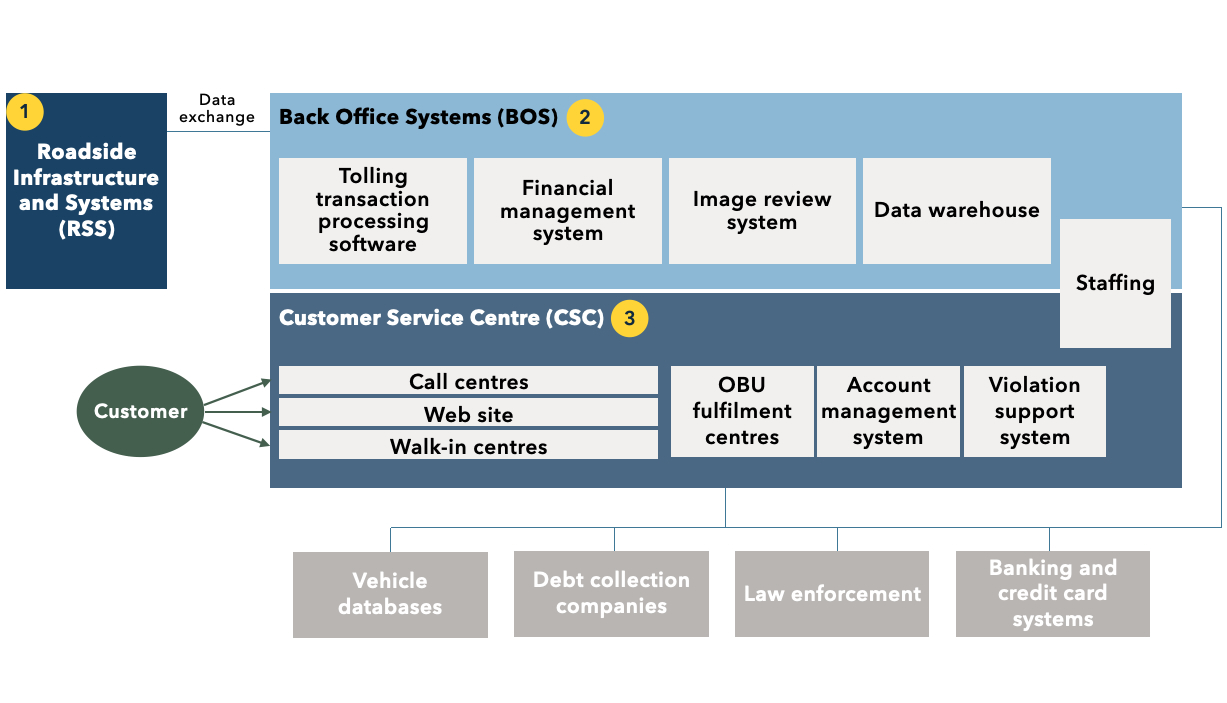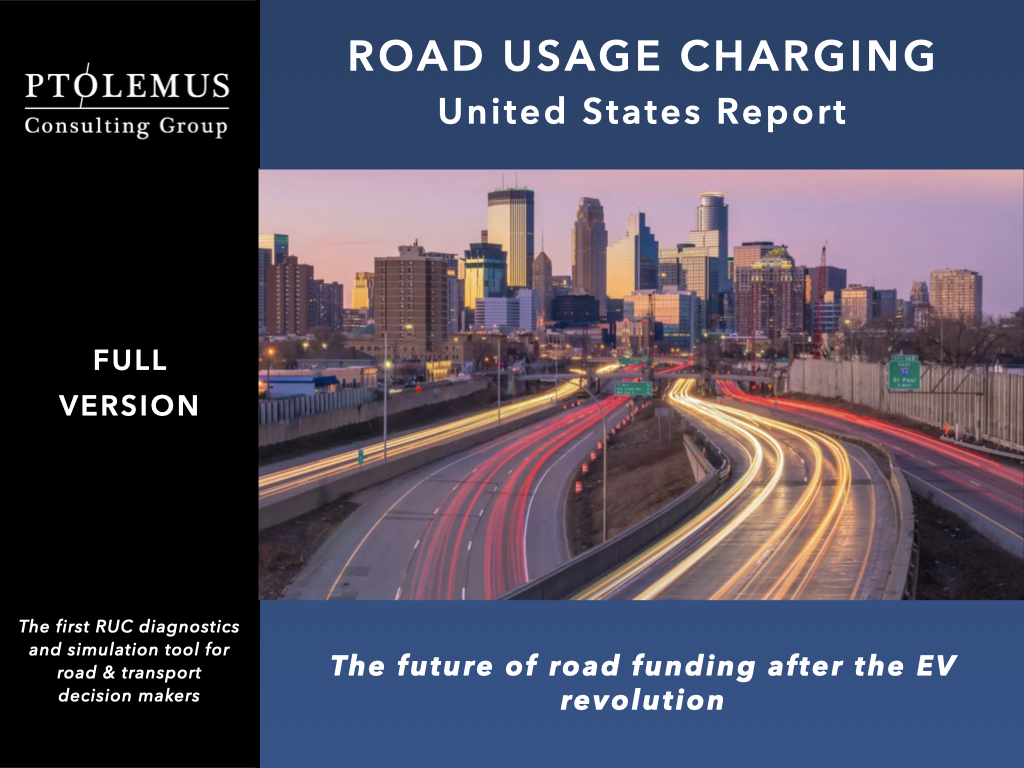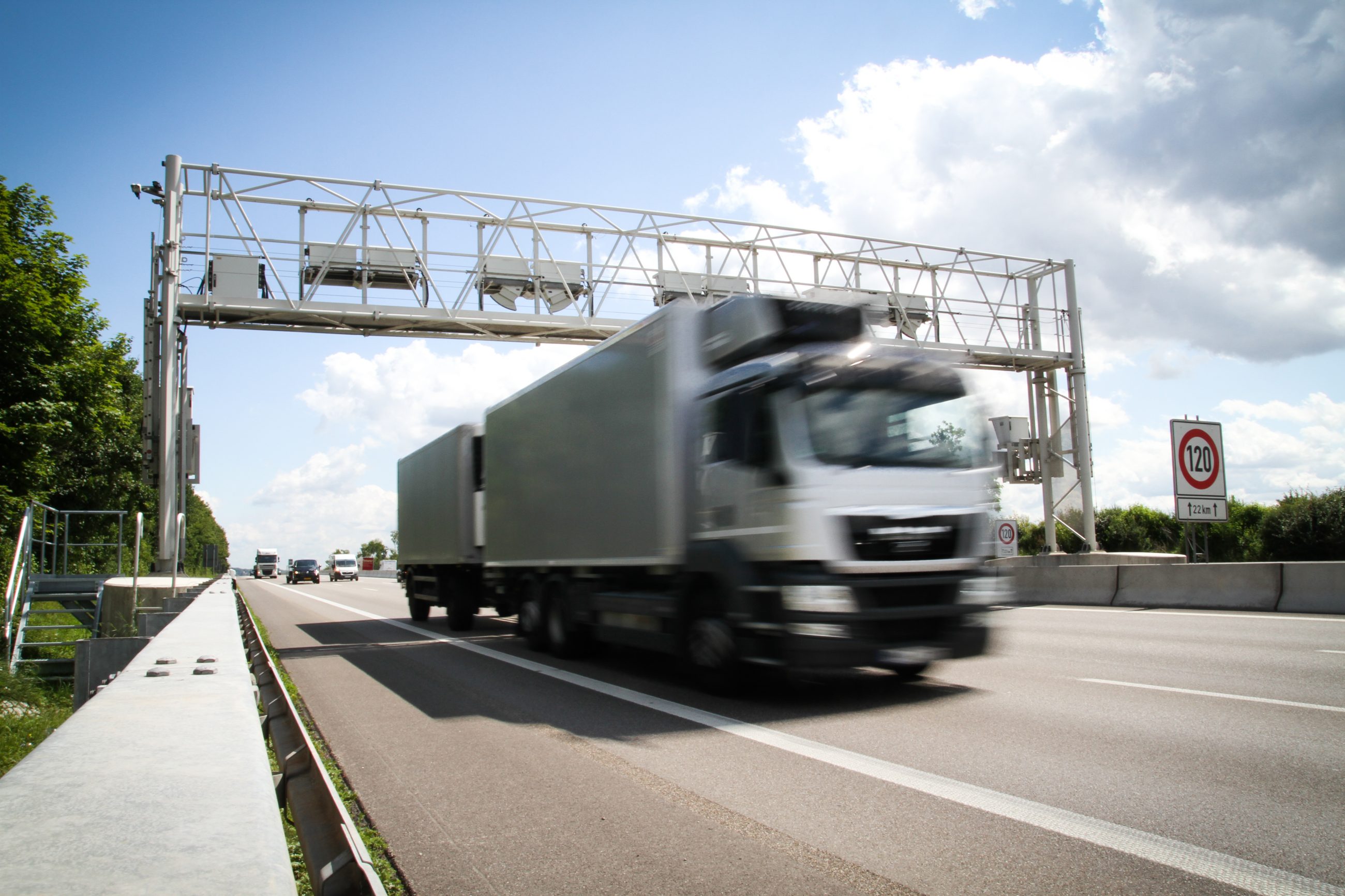Can back office consolidation solve the US tolling industry’s biggest challenges?

The back office system is generally seen as the backbone of toll road management, handling everything from payment processing to customer service. At virtually each of the 146 tolling agencies operating across the United States, there is a specific, uniquely-developed back office system that is managed independently. This leads to significantly higher costs and specific, dedicated customer service teams, which is also more expensive.
In the world where generic ERP systems are thriving, a growing trend is challenging the status quo in the US tolling market: the consolidation of back office services.
Agencies such as the Harris County Toll Road Authority (HCTRA) in Texas are at the forefront of this shift, bringing together operations from multiple entities under a single roof. Maybe consolidation can help agencies with some of their most pressing issues – rising costs and interoperability?
The problem? High costs and fragmentation
Managing back office operations for toll roads has always been a costly challenge, particularly for smaller agencies. Many operate very similar systems, which leads to overlapping efforts, driving up expenses without adding substantial value.
Each authority typically specifies its requirements and funds its own tools for billing, customer service, and violation processing, which not only increases costs but also creates inefficiencies that can be hard to justify, especially for agencies handling fewer transactions.
For these smaller players, the fixed costs of running independent systems can translate into disproportionately high per-transaction expenses, a reality clearly highlighted by the Oregon Department of Transportation (ODOT) report on “Measuring the Cost of Toll Operations” (2023). The ODOT analysis reveals just how significant these back office costs can be. A large portion of budgets is consumed by customer service centre operations, and when these expenses are distributed across a smaller number of transactions, the cost-per-transaction skyrockets.
 The chart beside, extracted from the report, underscores this point, showing how back office costs can represent up to 55% of the toll collection cost per transaction.
The chart beside, extracted from the report, underscores this point, showing how back office costs can represent up to 55% of the toll collection cost per transaction.
Beyond the direct financial impact, fragmentation in back office operations also hampers the ability to adapt to the growing need for inter-regional and national interoperability.
As tolling systems become increasingly interconnected, standalone operations struggle to align with broader networks. This lack of integration complicates tasks such as violation processing, where unconnected data points across jurisdictions lead to delays and enforcement challenges.
To prevent this fragmentation, a number of agencies are evaluating consolidating their systems. Consolidation in tolling refers to combining separate back office operations and systems from multiple agencies into one, streamlining operations and creating efficiencies that reduce costs while improving service delivery. This approach addresses inefficiencies by eliminating duplicated systems and efforts, enabling better data sharing and a smoother operational flow.
Is Tolling-as-a-Service the solution?
One of the possible consolidation approaches is gaining interest in tolling operations today, namely Tolling-as-a-Service (TaaS). This innovative model allows tolling authorities to outsource parts or all of their operations to third-party service providers.
Its benefits are clear: TaaS reduces operational complexity, delivers economies of scale, and significantly lowers per-transaction costs. Furthermore, by creating a shared database, TaaS supports inter-regional interoperability and more efficient violation processing. Two critical challenges for many tolling authorities.
HCTRA exemplifies the potential of consolidation and TaaS-like approaches. What began as a local back office operation for Harris County has grown into a centralised hub managing Back Office Systems (BOS) for major entities like the Texas Department of Transportation (TxDOT), the Metropolitan Transit Authority of Harris County (METRO), and Brazoria County Toll Road Authority (BCTRA).

Through interlocal agreements — contracts that enable local governmental entities to collaborate and share resources — HCTRA has centralised toll payments, customer service, and violation enforcement across these jurisdictions.
This shift has not only streamlined operations but also delivered tangible cost savings.
TxDOT Executive Director Marc Williams:
As you begin to multiply that out over the number of transactions that we have day in and day out, that savings translates to tens of millions of dollars of savings annually.
The tendency towards consolidation extends beyond Texas. The Central Florida Expressway Authority (CFX) provides another example of regional partnerships in action. Through agreements with other local agencies, CFX has extended its back office systems and customer service operations to Osceola County and portions of toll roads managed by the Florida Turnpike Enterprise (FTE). By consolidating operations across these jurisdictions, CFX demonstrates how shared systems can improve efficiency and enhance the customer experience.
Navigating the complexities of back office consolidation
Back office consolidation is an appealing solution, but the path to implementation is rarely straightforward. Each tolling agency usually operates systems that are highly customised to its needs, with variations driven by local governance, compliance rules, and legacy technology. Despite the commonality of infrastructure like roads and bridges, aligning these systems is a major hurdle.
To overcome these challenges, standardisation is critical. Defining shared fields, streamlining data-sharing protocols, and unifying system architectures can create the foundation for integration.
 My home country of Ireland provides a valuable example, where our national tolling system has achieved interoperability across agencies by adopting standardised frameworks. Ireland’s toll Interoperability Management Platform (IMP) is the third generation of a clearing house that offers a data exchange, service levels user data consolidation, tolling data consolidation, tolling revenue statements and value added services. The platform has all of the attributes of a TaaS system except customer and account management and is used by all toll service providers in the country.
My home country of Ireland provides a valuable example, where our national tolling system has achieved interoperability across agencies by adopting standardised frameworks. Ireland’s toll Interoperability Management Platform (IMP) is the third generation of a clearing house that offers a data exchange, service levels user data consolidation, tolling data consolidation, tolling revenue statements and value added services. The platform has all of the attributes of a TaaS system except customer and account management and is used by all toll service providers in the country.
The persistence of customisation raises an important question: what will make consolidation gain momentum, given that the concept has been around for years? The increasing demand for inter-regional interoperability, coupled with advancements in cloud-based back office technologies, might finally provide the push needed.
The Alliance for Toll Innovation (ATI) is a collaborative initiative designed to help tolling agencies address the challenges of interoperability, violation processing and prepare for future advancements. With over 30 member agencies across the USA, ATI acts as a hub for sharing best practices, promoting standardisation, and fostering tolling innovation.
One of ATI’s focal points is addressing the complexities of customised back office systems. These systems are often shaped by an agency’s unique operational needs, compliance standards, and the necessity of integrating legacy infrastructure. ATI’s efforts focus on fostering shared frameworks and scalable architectures, while promoting the adoption of Commercial-Off-The-Shelf (COTS) platforms. By using COTS solutions, agencies can reduce costs and timelines, all while maintaining the flexibility needed to address their unique operational challenges.
Is consolidation the key to future tolling efficiency?
The ideal path forward may lie in designing entirely new greenfield systems between multiple agencies, where requirements are mutualised into a single, streamlined design.
This approach makes sense for large-scale programmes like multi-city tolling corridors, urban congestion schemes, or state-level Road User Charging (RUC) initiatives. By acting now, agencies can align their frameworks, standardise processes, and create a foundation for a more interconnected and efficient tolling ecosystem.
Back office consolidation is not just an upgrade; it is a strategic move that tolling authorities may need to embrace as the industry evolves. The success of leaders like HCTRA proves that centralising operations can drive significant cost savings, simplify workflows, and enhance the user experience.
As networks become more interconnected, the demand for smarter, scalable systems will only grow.
Can back office consolidation solve the tolling industry’s biggest challenges? The answer lies in execution.
If you are considering consolidation or exploring TaaS, contact me (Alex Tallon) or Frederic Bruneteau to see how we can help.

